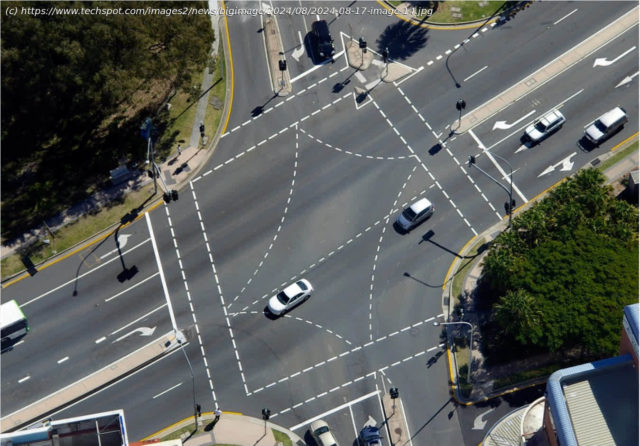Automakers and regulatory agencies have been implementing safety features for decades, including Blind Spot Detection and Lane Departure Warning, which use flashing lights and audible chimes to.
In brief: According to the National Highway Traffic Safety Association (NHTSA), there were 40,000 traffic-related fatalities last year. The U.S. Department of Transportation hopes to reduce that statistic to zero with a comprehensive technology framework called V2X, an ambitious plan that addresses improving infrastructure, vehicle technology, and regulation to make our road trips as safe as possible.
Automakers and regulatory agencies have been implementing safety features for decades, including Blind Spot Detection and Lane Departure Warning, which use flashing lights and audible chimes to alert the driver. There’s also the Automatic Emergency Braking system that utilizes cameras and computer analysis to detect a potential collision and automatically apply brakes if the driver does not react fast enough. Adaptive Cruise Control systems like Chevrolet’s Super Cruise, meanwhile, allow the vehicle to maintain speed, distance, and passing hands-free, but driver attention is mandatory.
Start
United States
USA — software Driving toward zero: how the DOT plans to use V2X wireless communication...






